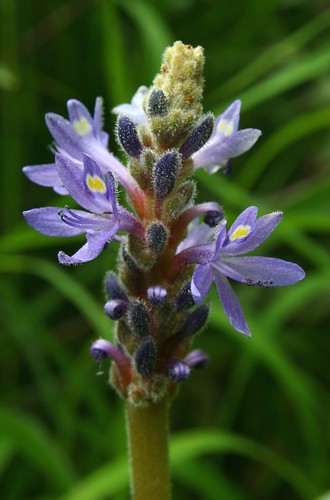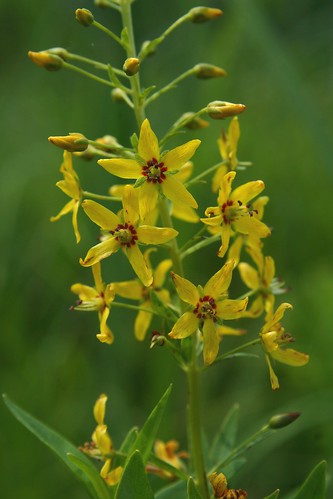- Joined
- Sep 4, 2003
- Messages
- 1,933
- Reaction score
- 168
John, if you could get a picture of the white penstemon's leaves, that would be helpful. Also, estimate the height of the plant.

John, if you could get a picture of the white penstemon's leaves, that would be helpful. Also, estimate the height of the plant.


Need help with this



looks like Diervilla loniceraCan anyone identify this flower? Is it a wildflower or a domestic escapee? Thanks.















nah, I think uncommon, not rare. I ran into a few on my Mt Isolation hike + then later a whole bunch by the Moore reservoir. I've never seen it in the southern part of the state but you run into it in the northern forest from time to time.Audrey, thanks! I checked out a few sites, and see that it is somewhat rare, in NE, but not listed as such on the VT NHP list.... I wonder if I should mention the occurrence to someone?
From the USDA PLANTS database:I don't believe that Red Campion (Silene/Lychnis dioica) is even native to North America.
Introduced Information:
Silene dioica (L.) Clairville
This plant is introduced to some part of the PLANTS Floristic Area, though it may be native in other parts. Click on link below for a partial or complete list of PFA introduced plants.
From the USDA PLANTS database:
USDA PLANTS also indicates whether a species is known to be only introduced (it's colored in a different color on the map). So it's probably native to a subset of its North American range.
Enter your email address to join: